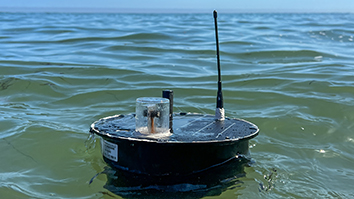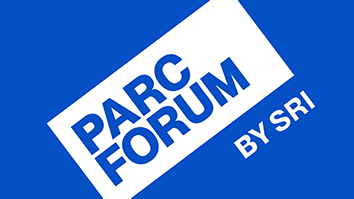Citation
Coughlin, J., O’Loughlin, K., Rhee, S., Tanga, M., Iyer, R., Furimsky, A., … & Mirsalis, J. (2010). Synthesis and Tissue Distribution Studies of Acyloxyalkyl Prodrug Derivative of an Anti-HBV Dinucleotide. Antiviral Research, 1(86), A32-A33.
Abstract
The alkoxycarbonyloxy dinucleotide prodrug Rp, Sp-2 is an orally bioavailable anti-hepatitis B virus agent. The compound is efficiently metabolized to the active dinucleoside phosphorothioate Rp, Sp-1 by human liver microsomes and S9 fraction without cytochrome P450-mediated oxidation or conjugation. The conversion of Rp, Sp-2 to Rp, Sp-1 appears to be mediated by liver esterases, occurs in a stereospecific manner, and is consistent with our earlier reported studies of serum-mediated hydrolytic conversion of Rp, Sp-2 to Rp, Sp-1. However, further metabolism of Rp, Sp-1 does not occur. The presence of a minor metabolite, the desulfurized product 10 was noted. The prodrug Rp, Sp-2 was quite stable in simulated gastric fluid, whereas the active Rp, Sp-1 had a half-life of <15 min. In simulated intestinal fluid, the prodrug 2 was fully converted to 1 in approximately 3 h, whereas 1 remained stable. To ascertain the tissue distribution of the prodrug 2 in rats, the synthesis of 35S-labeled Rp, Sp-2 was undertaken. Tissue distribution studies of orally and intravenously administered radiolabeled [35S]2 demonstrated that the radioactivity concentrates in the liver, with the highest liver/plasma ratio in the intravenous group at 1 h being 3.89 (females) and in the oral group at 1 h being 2.86 (males). The preferential distribution of the dinucleotide 1 and its prodrug 2 into liver may be attributed to the presence of nucleoside phosphorothioate backbone because phosphorothioate oligonucleotides also reveal a similar tissue distribution profile upon intravenous administration.


